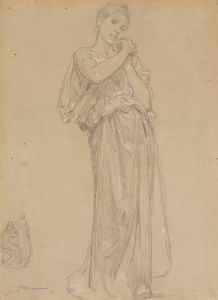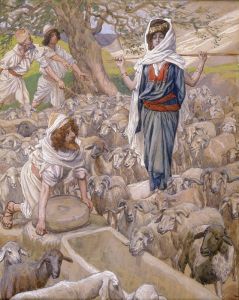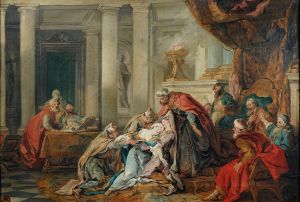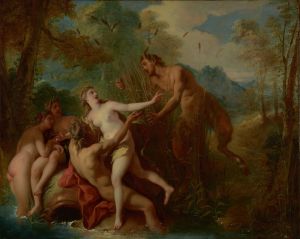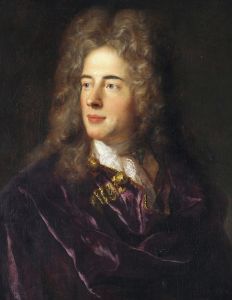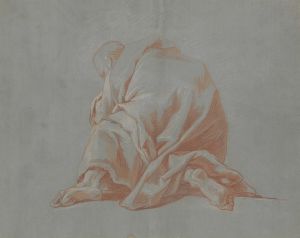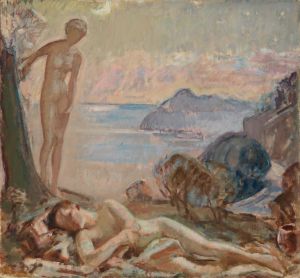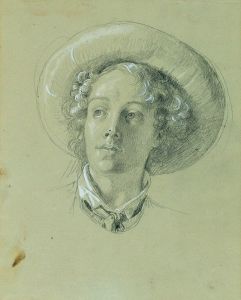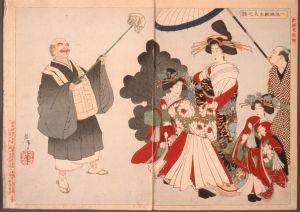
Paris and Oenone
A hand-painted replica of Jean-François de Troy’s masterpiece Paris and Oenone, meticulously crafted by professional artists to capture the true essence of the original. Each piece is created with museum-quality canvas and rare mineral pigments, carefully painted by experienced artists with delicate brushstrokes and rich, layered colors to perfectly recreate the texture of the original artwork. Unlike machine-printed reproductions, this hand-painted version brings the painting to life, infused with the artist’s emotions and skill in every stroke. Whether for personal collection or home decoration, it instantly elevates the artistic atmosphere of any space.
Jean-François de Troy's Paris and Oenone is an 18th-century painting by the French Rococo artist Jean-François de Troy (1679–1752). Known for his mastery in depicting mythological and historical subjects, de Troy was a prominent painter of his time, celebrated for his elegant compositions and skillful use of color and light. This particular work illustrates a scene from classical mythology, focusing on the tragic love story of Paris, a prince of Troy, and Oenone, a mountain nymph.
The painting portrays the youthful Paris and Oenone in an intimate and idyllic setting, reflecting the Rococo style's emphasis on grace, romance, and pastoral themes. Oenone, a figure from Greek mythology, was Paris's first love before his fateful encounter with Helen of Sparta, which ultimately led to the Trojan War. According to myth, Oenone was deeply in love with Paris and had the gift of healing. However, Paris abandoned her for Helen, and when he was mortally wounded during the Trojan War, he sought Oenone's help. In some versions of the myth, she refused to heal him out of heartbreak and anger, leading to his death.
De Troy's depiction of Paris and Oenone captures the tenderness and fleeting nature of their relationship. The composition is characterized by soft, flowing lines and a harmonious palette, typical of the Rococo aesthetic. The figures are elegantly posed, with Paris often shown as a handsome, youthful figure and Oenone as a serene and beautiful nymph, emphasizing their romantic connection. The background typically includes lush, natural landscapes, reinforcing the pastoral and mythological setting of the story.
While specific details about the commission or provenance of Paris and Oenone are not widely documented, the painting reflects de Troy's broader interest in classical themes and his ability to convey emotional depth through his art. Jean-François de Troy was a member of the French Royal Academy of Painting and Sculpture and served as the director of the French Academy in Rome, positions that underscore his significance in the art world of his era.
As with many of de Troy's works, Paris and Oenone exemplifies the Rococo movement's focus on beauty, sensuality, and the exploration of human emotions through mythological narratives. The painting remains an important example of 18th-century French art, showcasing de Troy's technical skill and his ability to bring classical stories to life.





